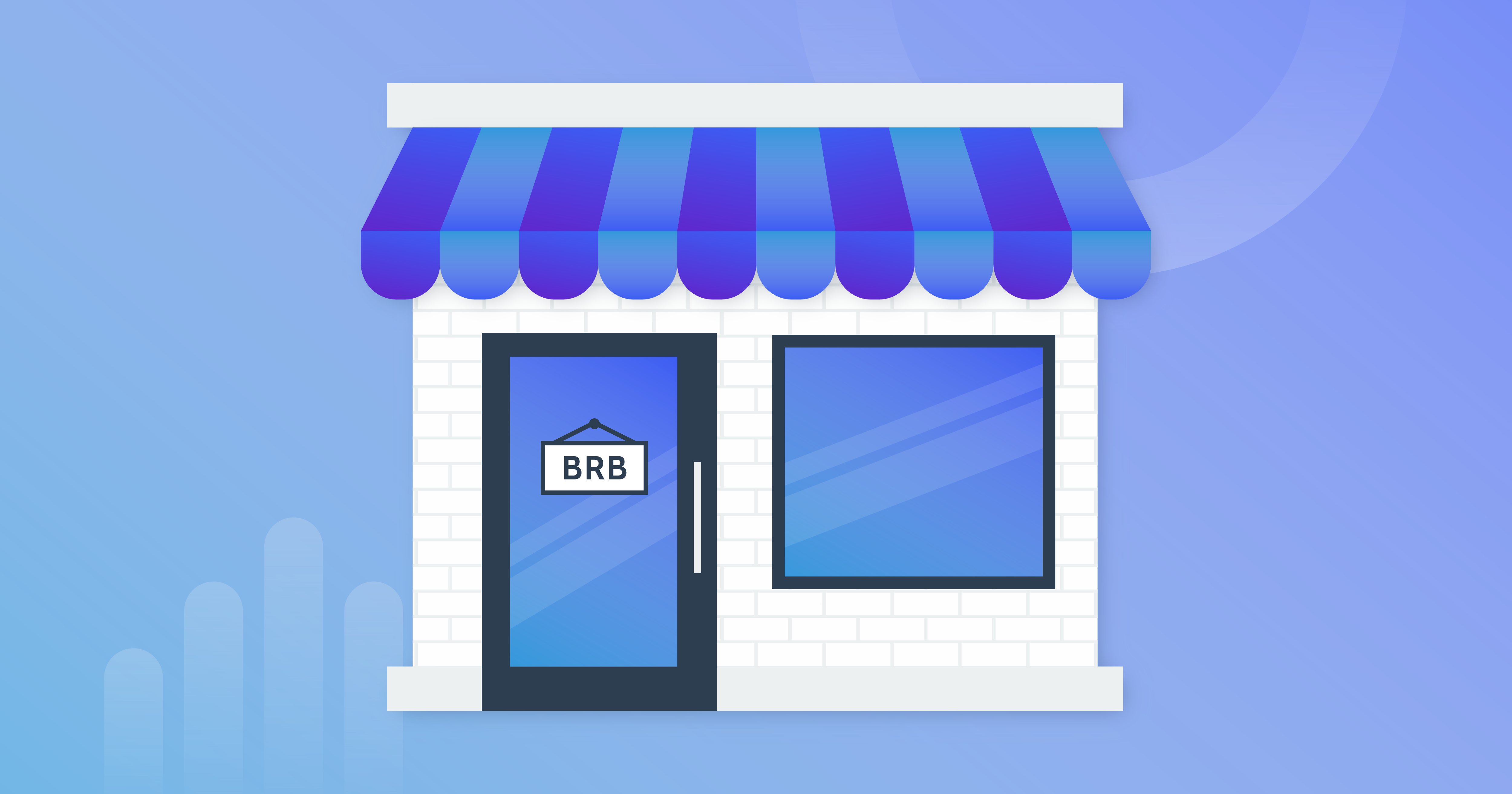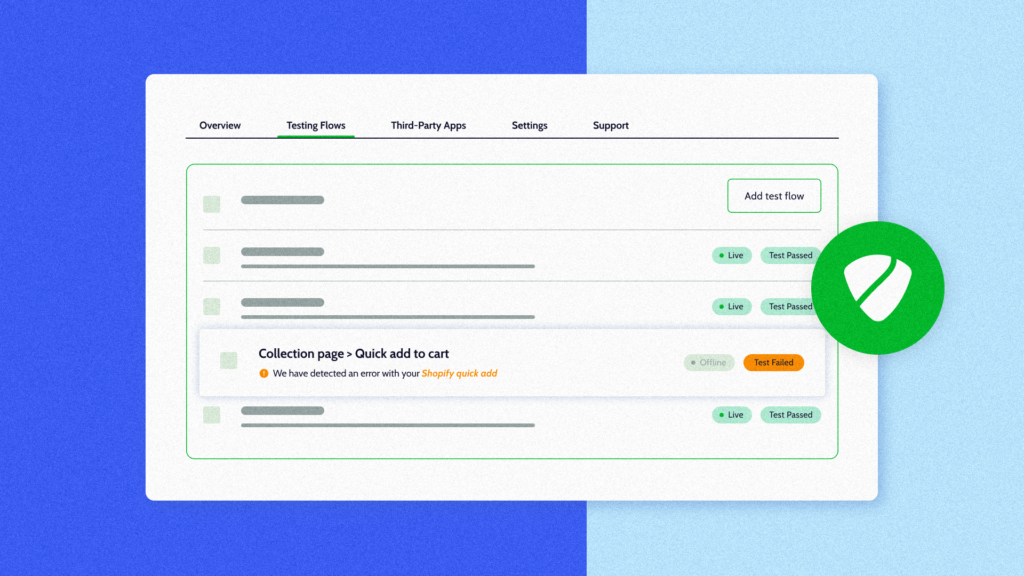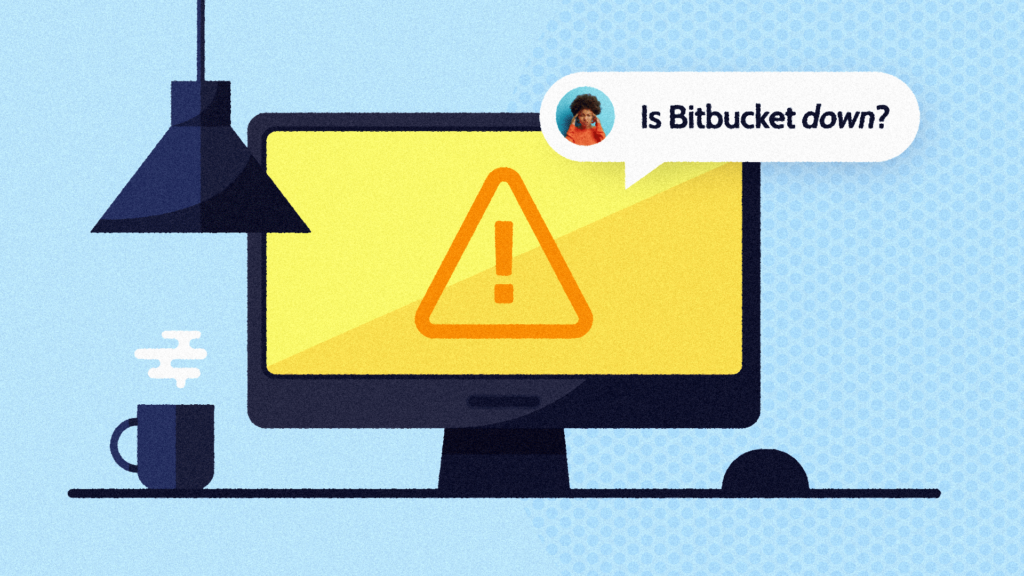With the ecommerce explosion of the past year, we’ve seen more retailers turn to online sales to stay in business. New stores are popping up every day, and for many of them, Shopify is the ecommerce platform of choice.
What is Shopify?
Shopify is a user-friendly ecommerce app for new or existing retailers. The app comes with all the features needed to successfully run a multi-channel store, including a Point of Sale app that can accept online or brick-and-mortar store payments. The app also has customer relationship and inventory management tools.
It’s a subscription-based app where store owners can create their website with a Shopify shopping cart to sell, ship, and manage their store. Merchants can also use the app for analysis to customize their online store and optimize their marketing spend.
Advantages of Using Shopify
Over one million online stores are using Shopify to run their ecommerce offering, and there are many reasons you should consider using Shopify for your business.
User Friendliness
You don’t need to be tech-savvy to use Shopify. Shopify comes with a simple drag-and-drop editor that allows you to configure and edit the look of your online store without any coding.
Mobile Friendliness
Many online shoppers use their mobile devices to shop, which means you need a website that remains fully functional, no matter what device your customer is using. Shopify has a range of mobile-responsive themes so that shoppers can visit stores on the go. Best of all, you can also use the Shopify mobile app to run your store from your mobile phone or tablet.
Support
Shopify makes it easy for anyone to open an ecommerce store. Shopify Learn provides subscribers with informative Shopify tutorials, online courses, and webinars that teach online sales and marketing.
Ability to Choose Your Domain Name
Shopify allows you to use your domain name and connect it to your Shopify account. If you don’t have one, you can purchase one through Shopify.
Themes
Shopify has a Theme Store with more than 70 premium and free ecommerce templates that you can use. Each theme is beautifully designed and visually appealing so that your branding always looks professional. Templates are designed with some of the most popular ecommerce themes on the market in mind, including fashion, art, and electronics. Anyone can modify themes, even if they don’t have HTML or CSS knowledge.
Built-In Payment Tools
Shopify Payments allow merchants to accept credit card payments, or you can integrate with a third-party payment provider of your choosing. You can use Shopify Payments to accept PayPal, Amazon Pay, Google Pay, Apple Pay, or even give your customers the option of paying with cryptocurrency.
SEO Capabilities
Shopify stores have SEO built into the design with features that will help you optimize your content to extend your reach and impact. You don’t need any prior SEO knowledge—there are auto-generated tags added to your pages to prevent duplicate content from appearing in the search results. Sitemap.xml and robots.txt files are automatically generated, and your themes will create title tags that include your store name. You can also integrate with social media to market your store with ease. Merchants with SEO knowledge can edit their title tags, meta description, and URLs easily for A/B testing purposes to ensure their store is optimized at all times.
Abandoned Cart Notifications
It’s a great strategy to find browsers who have abandoned their cart and convert them into shoppers. With Shopify, you can review abandoned carts individually and send customers emails (either manually or automatically) to convince them to complete their checkout.
Ecommerce is Booming
Shopify recently reported revenue growth of 110% since last year and a 71% rise in subscription solutions, all due to new merchants joining the platform.
With all that sudden growth and so many new subscribers, it wouldn’t be a stretch to assume that service issues would multiply. But knowing that you’re not alone is little comfort when your Shopify store is down.
Downtime is costly. Every minute that your store isn’t live and functioning is an opportunity lost. You don’t often get a second chance with customers today. If your store isn’t available, potential customers will quickly click away and buy from your competitor. By most industry estimates, you’ve got about 15 seconds of downtime before customers bounce to another site. The faster you can figure out why your Shopify store isn’t working, the quicker you will get it up and running and the fallout less severe.
Determining Where The Problem Is
Is your Shopify down or working slowly? Shopify outages can be devastating and deter visitors from browsing your ecommerce store altogether. If you’re experiencing issues or an outage, you should immediately gather more information about the problem to repair it.
Reach Out to Customer Service
Shopify prides itself on its customer service. It’s a good idea to report your issue to Shopify support right away to see if they can support you and help you get back online.
Use Test Mode
If you get reports that customers are experiencing payment problems, you should use the test mode in Shopify Payments and place a dummy order. At the very least, you’ll gain some insight that you can pass on to customer support.
Retrace Your Steps
When did the problem occur? Was it when you installed a new third-party integration or app? Or when you modified or downloaded a new theme? You may need to uninstall or reload the theme to test whether it’s causing the issue or restore the previous theme using your backups.
Consult the Shopify Status Page
Shopify will usually email you if something has gone wrong or if maintenance has forced them to go offline. You can check if the Shopify server is up and running by visiting https://www.shopifystatus.com/.
Use a Down Detector
Use an online down detector with a Shopify status page or Google/Twitter to find out if there are reports from other customers experiencing the same issue. If Shopify is down nationally because of maintenance or an outage, there is very little you can do except keep your customers informed and monitor the situation.
Common Reasons Why Your Shopify Store is Down
Here are some of the most reported problems with Shopify, explaining why your store might be down, why it happens, and what you can do about it.
Shopify Website is Down
If your store is down or unavailable, you should first ensure that it’s not something to do with the site itself. Shopify could be down temporarily for maintenance or a more complicated issue. They’ll usually send an email letting you know in advance if it’s the former. If it’s the latter, check with a service like IsItDownRightNow or DownDetector to see what the status is. If your downtime persists, it’s a good idea to check Shopify reviews and communities to see if others are experiencing similar problems.
Your Domain is Unverified
If you’ve just set up a new store and it’s not working as it should, it could be that the email you’re using for your store does not match the one associated with your domain. You’ll need to verify that you own the domain before Shopify releases it from review, so be sure the information you use to set up the store is correct and that you have access to your website c-panel to make the necessary changes.
Accidental Deletion
If you’ve recently updated your store, added new products, collections, pages, or anything at all, you might have deleted a file or code that your page depends on to function. In this case, you’d need to restore from a backup and start the process anew. Rewind Backups for Shopify is a fully hosted backup service that runs in the background, so your backup is always a clean copy of your store.
Failed CSV Uploads
It’s not unusual for errors like corrupted files, column-naming discrepancies, or code mistakes to occur when you do bulk uploads from a CSV file, and in these cases, the file tends to shut everything down. That’s why it’s a good idea to run a backup before uploading any CSV files.
Incompatible Apps or Themes
Third-party apps on the Shopify app store are great, but they don’t always play well with specific themes or other apps. If you are using an older theme, it could cause some incompatibility issues, causing your site to malfunction or fail. Restoring from a backup is the first order of business. Then you can proceed to do the necessary updates so that you can take full advantage of Shopify’s apps and other advanced features.
Rewind Backups for Shopify
These are just a few of the reasons your Shopify store might be down; some are beyond your control, and some are innocent mistakes that are fixable—assuming you have a backup. Rewind Backups for Shopify and Shopify Plus is an easy, affordable way to back up your store. If your store goes down, you’ll be back up in minutes, minimizing downtime and—just maybe—helping you sleep a little better at night.




